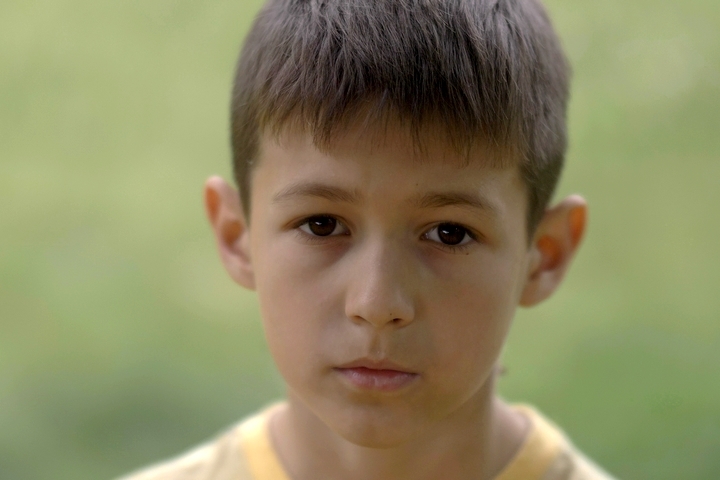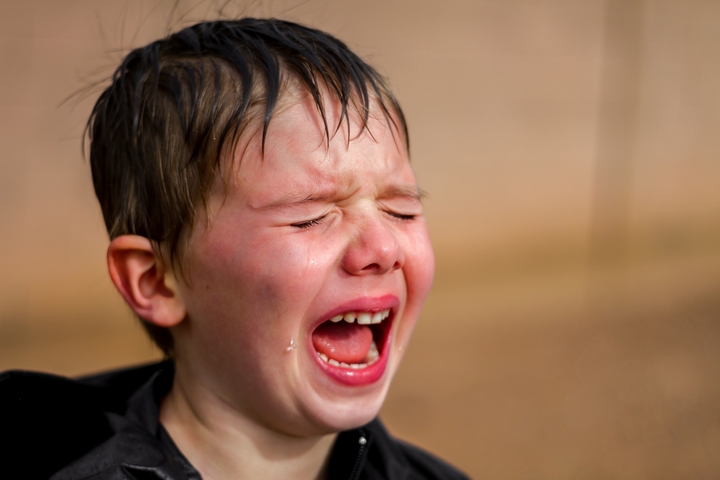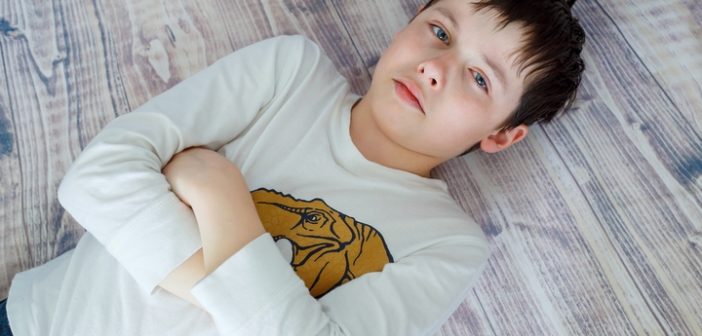Discipline is defined as a means of training people to observe certain rules or behaviour codes using punishment to correct disobedience. This implies that discipline can only be achieved through punishment, a notion that most behavioural analysts disagree with, especially when dealing with children.
Instead of using traditional discipline techniques such as spanking (which is considered abusive), time outs, threats, yelling, or other verbal reprimands, adopt a more positive approach. Correct your children by showing them what is acceptable, what’s not acceptable, and why. For many parents, how to discipline a child correctly still remains a difficult task.
For those with autistic children, it is an even bigger issue. Your child care strategy becomes a balancing act between discipline and respect. Here are seven of the best strategies for how to discipline a child with autism:
1. Learn about autism
 Also called autism spectrum disorder, autism is a developmental disorder, which causes one to have difficulties in social interactions and communication. It involves restrictive and repetitive behaviour. Usually, it is possible to identify signs of autism within the first 3 years of a child’s life.
Also called autism spectrum disorder, autism is a developmental disorder, which causes one to have difficulties in social interactions and communication. It involves restrictive and repetitive behaviour. Usually, it is possible to identify signs of autism within the first 3 years of a child’s life.
Immediately your child is diagnosed with autism, make an assessment of their strengths, needs and abilities, so you don’t set impractical expectations or end up disciplining a child for behaviours outside their control.
In other cases, a 6-year old may start acting like a 2-year old due to delays in their language and cognitive ability, so you need to read up on the behavioural, medical and psychological factors affecting the child’s development. Should there be something you don’t understand, consult a physician.
Consider joining an online support group for families of children with special needs. You could also engage with other parents with autistic children at your school. This way, you will know what is regarded as typical behaviour for an autistic child.
2. Be consistent with the discipline techniques
 Consistent discipline techniques are important for all children, special needs or not. However, those with certain conditions such as attention deficit hyperactivity disorder (ADHD) and autism are known to respond exceptionally well to discipline, but only if they can predict what will happen next.
Consistent discipline techniques are important for all children, special needs or not. However, those with certain conditions such as attention deficit hyperactivity disorder (ADHD) and autism are known to respond exceptionally well to discipline, but only if they can predict what will happen next.
The best way to discipline a child with autism is consistency. Try to stick to a specific routine every day. If there are other caregivers in the home, such as professionals, family members or friends, they should be aware of the routine and understand how to handle the child correctly. If your child is pre-verbal or non-verbal, try using picture or sticker charts to show what they should expect.
Besides curbing negative behaviours linked to anxiety, consistent discipline techniques will also improve the child’s ability to embrace change if need be.
3. Use praises and rewards for appropriate behaviour
 An autistic child responds better to positive forms of discipline, including the reward system. To make this system effective, choose a visual tool such as the old sticker chart and set the specific number of stickers your child should have to earn the item they want.
An autistic child responds better to positive forms of discipline, including the reward system. To make this system effective, choose a visual tool such as the old sticker chart and set the specific number of stickers your child should have to earn the item they want.
These stickers could be anything from your child’s favourite cartoon character to an action figure. Give the child a sticker for each day they behave well or complete any duties assigned to them. To reinforce positive behaviour, shower them with a lot of praise. Descriptive praise is preferred since it points out the exact behaviour you are praising the child for.
In case your child has challenges responding to praise, add something that will enable them to link positive words with what they enjoy doing.
4. Set clear and simple rules for your child
 Express your expectations to your child in the most simplistic way possible. Since verbally telling them might not be enough, especially when disciplining an autistic child, add visual aids such as pictures or gestures to help them understand what sort of behaviour is expected of them.
Express your expectations to your child in the most simplistic way possible. Since verbally telling them might not be enough, especially when disciplining an autistic child, add visual aids such as pictures or gestures to help them understand what sort of behaviour is expected of them.
Whatever method you choose to communicate with your child, keep the language simple and clear.
5. Establish the consequences for inappropriate behaviour
 A consequence refers to something that happens as a result of a particular behaviour or act. It may be either positive or negative. Consequences are a great accompaniment to rules. If your child breaks a rule, come up with a particular consequence for that behaviour, so they know the consequences that behaviour attracts.
A consequence refers to something that happens as a result of a particular behaviour or act. It may be either positive or negative. Consequences are a great accompaniment to rules. If your child breaks a rule, come up with a particular consequence for that behaviour, so they know the consequences that behaviour attracts.
It is best to avoid reducing the amount of time a child with autism spends in his area of interest as it could result in more misbehaviour. Besides, enforce more positive consequences for good behaviour rather than negative consequences for bad behaviour.
6. Addressing self-injury for your child
 An autistic child might not necessarily respond positively to discipline. In some cases, they may go as far as inflicting physical harm upon themselves or those around them. When this happens, consult a psychologist or physician as soon as possible to determine the cause of the behaviour.
An autistic child might not necessarily respond positively to discipline. In some cases, they may go as far as inflicting physical harm upon themselves or those around them. When this happens, consult a psychologist or physician as soon as possible to determine the cause of the behaviour.
Just as a child cries when they are hungry or sleepy, so do autistic children with communication difficulties display self-harm behaviour when they want to pass a message across. Some of the most probable causes of self-inflicted injury include painful medical issues. Others are attempts to escape a stressful situation or evade doing chores, or to get another person’s attention.
Once you have identified the underlying reason for your child’s behaviour, work together with the child and a therapist to invent appropriate substitute behaviours.
7. Teach self-calming techniques to your child
 It’s hard enough trying to calm a young child who is throwing a tantrum or acting up. Now, imagine if this child also has autism. Calming them down is next to impossible. To manage these meltdowns, there are several techniques you can use.
It’s hard enough trying to calm a young child who is throwing a tantrum or acting up. Now, imagine if this child also has autism. Calming them down is next to impossible. To manage these meltdowns, there are several techniques you can use.
Teach the child to breathe in and out slowly through the nose and with their eyes closed and imagine something enjoyable. You can also hug them till they settle down. These techniques are effective among older children, as they have a bit of control over their emotions.




